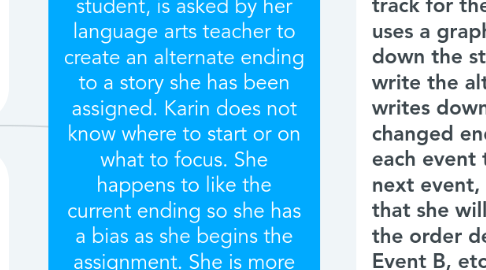Computational Thinking Karin, a middle school student, is asked by her language arts teacher to create an alternate ending to a story she has been assigned. Karin does not know where to start or on what to focus. She happens to like the current ending so she has a bias as she begins the assignment. She is more comfortable with math and science.
par Karin Goss



